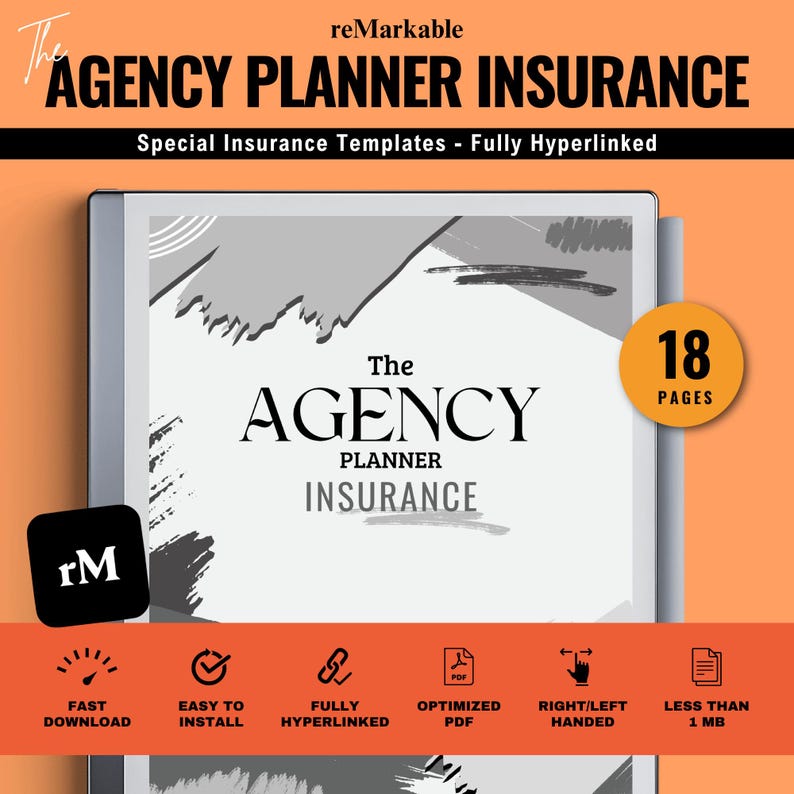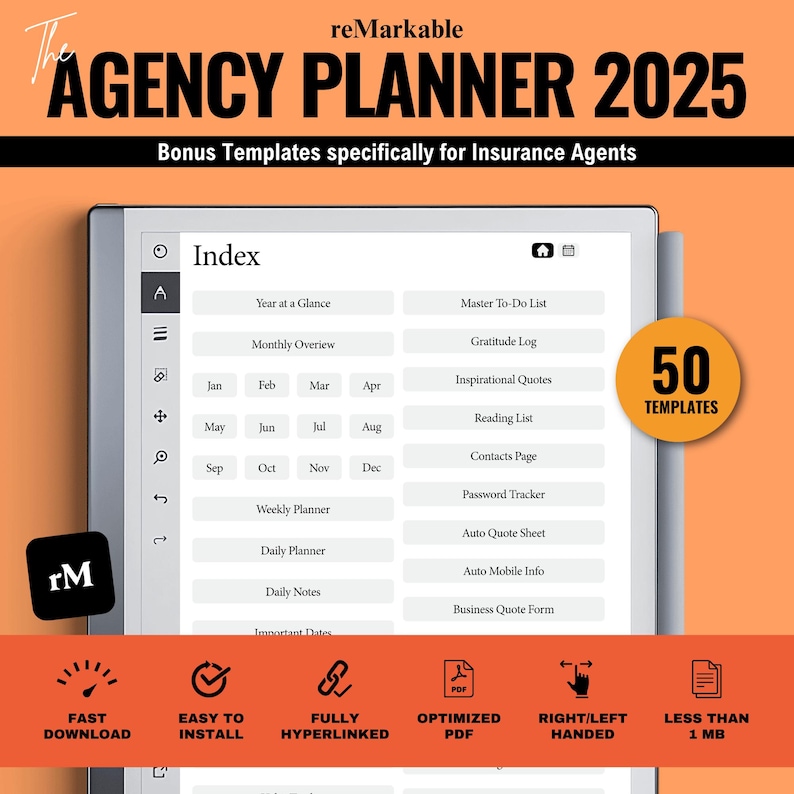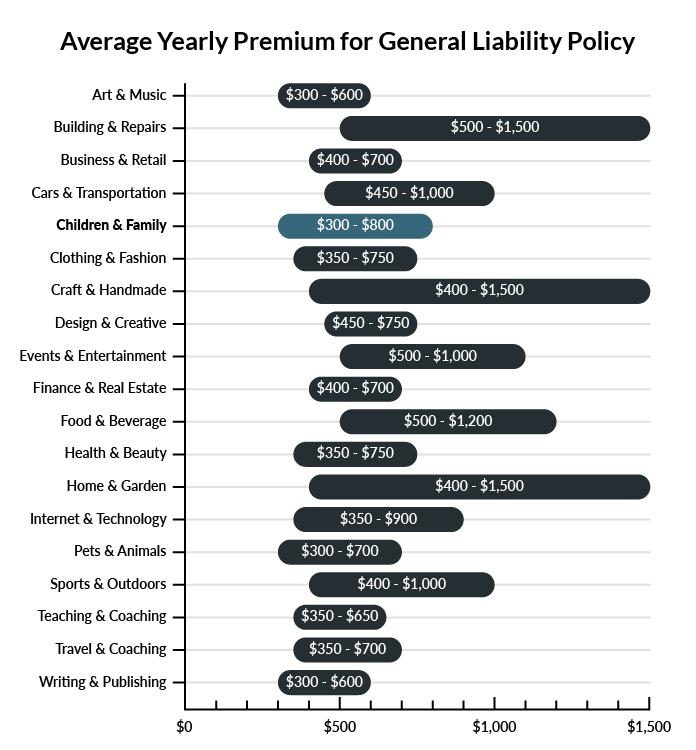When it comes to running a daycare, ensuring the safety and well-being of the little ones is your top priority — but protecting your business with the right insurance is just as crucial. If you’ve ever wondered why your daycare insurance premium costs what they do, you’re not alone. Understanding the factors that influence these costs can help you make smarter decisions, tailor your coverage, and maybe even save some money along the way. In this post, we’ll break down the key elements that impact your daycare insurance premiums, so you can feel confident about getting the protection your business deserves without breaking the bank. Let’s dive in!
Table of Contents
- Understanding Location and Facility Type Impacting Your Premium Costs
- How Staff Qualifications and Ratios Affect Your Insurance Rates
- The Role of Safety Protocols and Equipment in Lowering Premiums
- Tips for Choosing Coverage That Balances Protection and Affordability
- Wrapping Up
Understanding Location and Facility Type Impacting Your Premium Costs
When it comes to daycare insurance premiums, where your facility is located plays a significant role in determining your costs. Urban areas with higher population densities often experience elevated rates due to increased risks such as traffic incidents, theft, or liability claims. Conversely, rural locations might benefit from lower premiums but could face unique challenges like limited emergency services or fire protection, which insurers take into account. Additionally, state and local regulations can vary widely, impacting minimum coverage requirements and, subsequently, premium expenses.
The type of facility you operate also has a direct influence on your premium rates. Are you running a home-based daycare or a larger commercial center? Each comes with distinct risk profiles. Here are some factors insurers consider:
- Size and Capacity: Larger facilities with more children generally face higher premiums due to increased liability exposure.
- Building Type: Older buildings or those without certain safety features might incur higher costs.
- Special Programs: Offering specialized activities or care for children with special needs can elevate risk and influence premium pricing.
How Staff Qualifications and Ratios Affect Your Insurance Rates
Insurance providers closely examine the expertise and training of your daycare staff when determining your premium costs. Highly qualified employees with certifications in early childhood education, first aid, and CPR demonstrate a commitment to safety and quality care, which can significantly lower your insurance rates. In contrast, facilities with less experienced or untrained staff may pose greater risks, prompting insurers to charge higher premiums. Investing in ongoing staff development not only enhances the care environment but also signals reliability and professionalism to your insurer.
Another crucial factor is the staff-to-child ratio maintained at your daycare. Lower ratios ensure that children receive more personalized attention, reducing the likelihood of accidents and incidents. Insurance companies recognize this as a risk reduction factor and often reward daycares that comply with or exceed recommended ratios. Consider these points:
- Improved supervision decreases liability exposure.
- Enhanced child safety creates a safer environment.
- Regulatory compliance can lead to premium discounts.
By balancing skilled staff with optimal ratios, you create a safer daycare setting that insurers view favorably, ultimately leading to more affordable and manageable insurance premiums.
The Role of Safety Protocols and Equipment in Lowering Premiums
Implementing robust safety protocols and investing in proper equipment can make a significant difference when it comes to your daycare insurance premiums. Insurers view these measures as lowering the likelihood of accidents and claims, which in turn reduces their risk and can lead to more favorable rates for you. Simple practices such as regular staff training, secure playground installations, and routine health checks help create a safe, trustworthy environment for children and give insurers confidence in your risk management.
Beyond protocols, having the right equipment demonstrates your commitment to safety. This includes:
- Age-appropriate play structures that comply with national safety standards
- First aid kits always accessible and fully stocked
- Surveillance cameras to monitor indoor and outdoor activities
- Childproof locks and gates to prevent unauthorized access or wandering
By maintaining these essentials, you not only protect the children but also position your daycare as low-risk, often translating into lower premium costs. Taking these proactive steps signals to insurers that your facility prioritizes safety, which is a win-win for both coverage and budget.
Tips for Choosing Coverage That Balances Protection and Affordability
When it comes to selecting daycare insurance, striking the right balance between comprehensive coverage and cost-effectiveness is key. Start by evaluating your unique risks and operational needs—think about the size of your facility, number of children, and the specific activities you offer. This will help you pinpoint the types of coverage most essential for your business, such as liability, property, and professional indemnity. Remember, opting for a policy with unnecessary add-ons can inflate premiums without delivering real benefits, so focus on what truly safeguards your daycare.
Another smart strategy is to compare multiple quotes and look for flexible policies that can be tailored over time as your business evolves. Some insurers offer discounts if you bundle several types of coverage together, so ask about package deals. Also, improving safety measures like installing security cameras, conducting regular staff training, and maintaining a safe playground area can often reduce your premiums. Keep in mind these points:
- Assess your coverage needs carefully to avoid overpaying for unneeded protection.
- Shop around and negotiate with insurers to get the best value.
- Invest in risk mitigation to demonstrate your commitment to safety.
- Review your policy annually to adjust coverage as your daycare changes.
Wrapping Up
Choosing the right daycare insurance is about more than just finding a policy—it’s about understanding what factors influence your premium costs. From location and coverage limits to the size of your facility and the types of activities you offer, every detail plays a part in shaping your rates. By staying informed and working closely with your insurance provider, you can find a plan that fits your budget while protecting the little ones you care for. Remember, a well-chosen insurance policy not only safeguards your business but also brings you peace of mind to focus on what truly matters—providing a safe, nurturing environment for children to grow and thrive.







